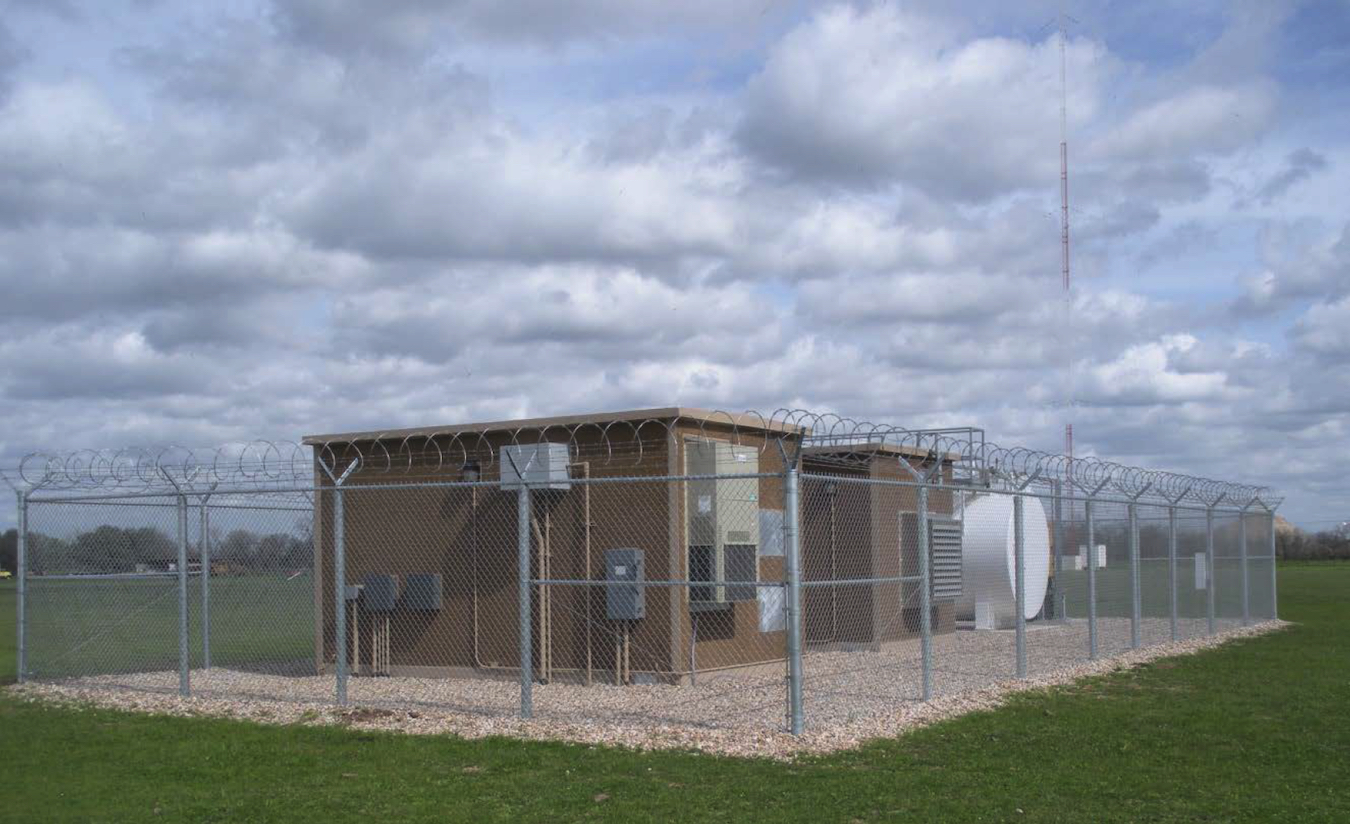Acoustic Infrastructure

I contributed an article on the Emergency Alert System in American broadcast radio to a special issue – “Materials and Media of Infrastructures” – of the Canadian Journal of Communication. The article is now available open-access here.
Acoustic Infrastructure: The Sounds and Politics of Radio Tests in American Emergency Broadcasting
Background: The Emergency Alert System (EAS) is an emergency broadcasting infrastructure that originated in American radio and serves as the basis for systems in newer media and in Canada. Its design of self-propagating acoustic signals anticipates a nation-scale catastrophe but also subordinates smaller crises.
Analysis: Adopting theory from infrastructural media studies, this article examines the reasoning and functionality evident in regulatory proceedings, broadcaster and media researcher assessments, and the sonic structure of test and warning signals.
Conclusion and implications: A machinic approach to addressing media publics took shape in the acoustic operations of the EAS. Tied to a deregulatory drive that has eroded radio’s emergency function, the EAS produces a suspended temporality that must be understood as a combined effect of the infrastructure, its content, and its context.
Photo of transmitter site from FEMA, “Fact sheet: Primary Entry Point (PEP) stations”